Introduction to Cockatiel Birds
Cockatiels, often referred to as the miniature parrots, are beloved pets known for their charming personalities and playful antics. Originating from the Australian Outback, these social birds have become popular companions due to their intelligence, affectionate nature, and ability to mimic sounds. After introduction now we can move to the cockatiel behaviors as pets.
Cockatiel Behaviors as Pets:
Explore 15 essential cockatiel behaviors as pets in our comprehensive guide. From nesting instincts to hormonal fluctuations, learn how to interpret and address your cockatiel’s needs for a happy, thriving companion. Dive in now!
Differences between Male and Female Behavior
Male and female cockatiel birds exhibit distinct behaviors, influenced by their gender. While males are often more vocal and prone to whistling and singing, females may display nesting behaviors and be more territorial during breeding seasons.
Nesting Behavior of Cockatiel Birds
Nesting behavior is innate to cockatiel birds and serves as a vital aspect of their reproductive cycle.
Female vs Male Behavior:
Females: Female cockatiels may display nesting behavior more prominently, often seeking out secluded spots to build nests using available materials like twigs and leaves.
Males: While less inclined towards nest-building, male cockatiels may become more protective and territorial during the breeding season, showing signs of aggression if their nesting space is disturbed.
Reasons and Timing
Cockatiels show nesting behavior primarily to establish a safe and comfortable space for breeding. This behavior usually occurs when environmental conditions signal the onset of breeding season, such as increased daylight hours and warmer temperatures.
Importance of Nesting Boxes
Providing appropriate nesting boxes is essential for cockatiels to express their natural nesting behaviors. These boxes simulate the cavities they would seek in the wild for nesting purposes, offering privacy and security.

Body Language
Body Language Chart: cockatiel behaviors as pets
Head Bobbing: Indicates excitement or curiosity.
Tail Wagging: Sign of agitation or annoyance.
Feather Fluffing: Suggests relaxation or contentment.
Crest Position: Reflects mood, with an upright crest indicating alertness and a flattened crest signaling fear or submission.
Exploring Cockatiel Head Bobbing
Head bobbing is a common behavior observed in cockatiel birds and is often associated with various emotions and intentions. This rhythmic movement of the head can convey excitement, curiosity, or even a desire for attention.
Feeding Behavior
Cockatiel Feeding Plan: A balanced diet for cockatiels includes a combination of seeds, pellets, fresh fruits, and vegetables. Ensure fresh water is always available, and limit treats to maintain their overall health.
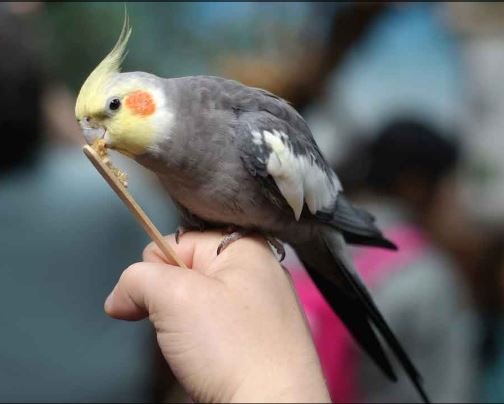
Molting Behavior in Cockatiel Birds
Molting is a natural process during which cockatiel birds shed old feathers and grow new ones. This cyclical phenomenon helps maintain their plumage’s health and appearance.
Egg-laying Behavior:
Female cockatiels may exhibit egg-laying behavior, especially in environments mimicking breeding conditions. Providing a suitable nesting area can help manage this behavior.
Aggression Behavior:
Cockatiels, like many birds, may display aggression in certain situations, such as defending their territory or asserting dominance. Understanding the triggers and implementing positive reinforcement techniques can help manage aggressive behavior.
Mating Behaviors:
Mating behaviors in cockatiel birds include courtship displays, vocalizations, and physical interactions. These behaviors are essential components of their reproductive cycle and signify readiness for breeding.
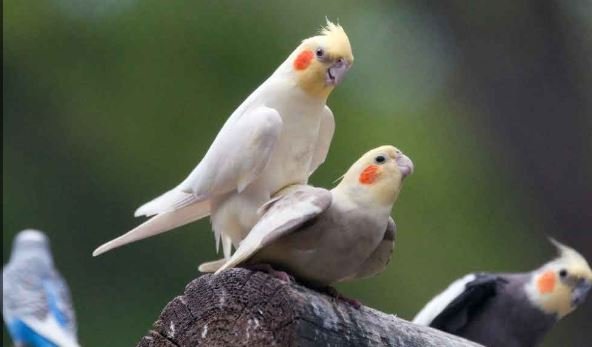
Breeding Behaviors:
Breeding behaviors encompass nesting, egg-laying, incubation, and chick-rearing activities. Cockatiels exhibit instinctual behaviors to ensure the survival of their offspring.
Jealousy Behavior:
Cockatiels can experience jealousy, particularly in multi-bird households or when attention is divided. Providing equal affection and enrichment for all birds can help mitigate jealousy-related issues.
Attention-seeking Behavior:
Cockatiels are social creatures that crave interaction and stimulation. Attention-seeking behaviors, such as vocalizations or seeking physical contact, are their way of seeking companionship and engagement.
Biting Behavior:
Cockatiels may bite as a form of communication, defense, or exploration. Biting behavior in cockatiels can stem from fear, territoriality, or discomfort. Positive reinforcement training and understanding their body language can help address and prevent biting incidents.
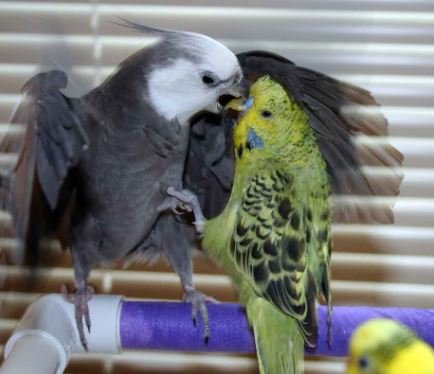
Feather Plucking:
Feather plucking is a concerning behavior that may indicate stress, boredom, or health issues. Identifying the underlying cause and providing environmental enrichment and veterinary care are crucial for addressing this behavior.
Hormonal Behavior:
During hormonal periods, typically associated with breeding seasons, cockatiels may display heightened aggression, vocalizations, or territorial behaviors. Environmental modifications and hormone-regulating strategies can help manage hormonal fluctuations.
pacing and Screaming:
pacing and Screaming: Cockatiels may engage in repetitive pacing or loud vocalizations as a response to boredom, stress, or hormonal changes. Providing enrichment and a stimulating environment can help alleviate these behaviors. These were the most important cockatiel behaviors as pets.
Conclusion: cockatiel behaviors as pets
Understanding cockatiel behaviors as pets are essential for providing optimal care and building a strong bond with these charismatic pets. By recognizing their natural instincts and communication cues, owners can create a nurturing environment where their cockatiels can thrive.

FAQs
- How can I discourage aggressive behavior in my cockatiel?
Providing ample space, enrichment, and positive reinforcement can help reduce stress and minimize aggressive tendencies.
- Why is my cockatiel excessively vocalizing?
Excessive vocalization can be a sign of boredom, loneliness, or hormonal changes. Providing mental stimulation and social interaction can help address this behavior.
- What should I do if my cockatiel starts feather plucking?
Consult a veterinarian to rule out any underlying health issues. Addressing environmental stressors and providing enrichment can help curb feather-plucking behavior.
- How can I prevent my cockatiel from biting?
To prevent biting, ensure your cockatiel feels safe and secure. Avoid sudden movements and respect their boundaries. Use positive reinforcement techniques and redirect their attention to toys or treats when they show signs of aggression.
- What should I do if my cockatiel starts feather plucking?
If your cockatiel begins feather plucking, consult an avian veterinarian to rule out any underlying health issues. Address environmental stressors, provide mental and physical stimulation, and consider introducing new toys or activities to alleviate boredom.
- Is it normal for cockatiels to be territorial?
Yes, it’s normal for cockatiels to exhibit territorial behavior, especially during breeding seasons. Providing adequate space and avoiding overcrowding can help minimize territorial disputes among birds.
- How can I tell if my cockatiel is ready to mate?
Signs that your cockatiel is ready to mate include increased vocalizations, courtship displays such as head bobbing or regurgitation and heightened territorial behavior. Providing a suitable nesting area may further indicate readiness for breeding.
- What are some signs of hormonal behavior in cockatiels?
Signs of hormonal behavior in cockatiels include increased aggression, territoriality, excessive vocalizations, and nest-building activities. Hormonal periods are often associated with breeding seasons and can vary in intensity among individual birds.
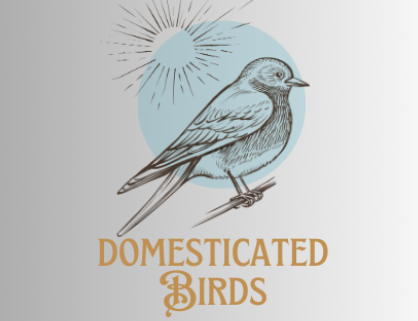
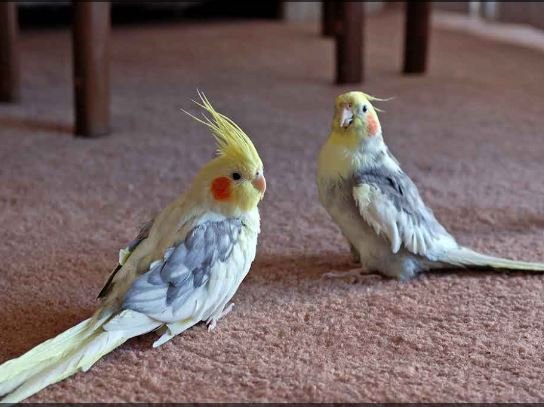
Lirigzon Gashi